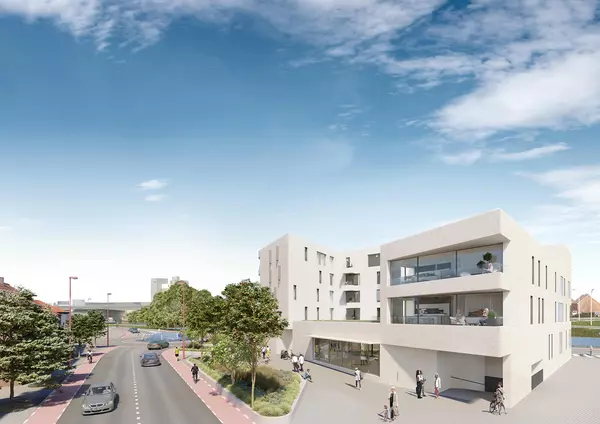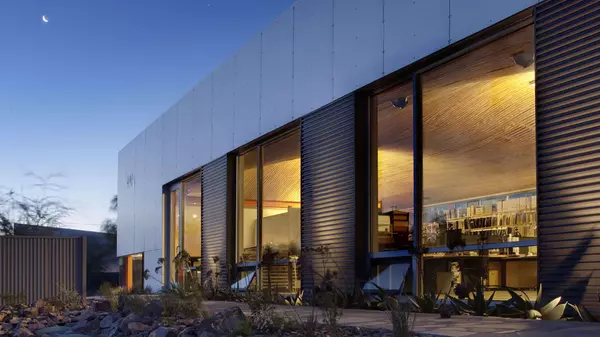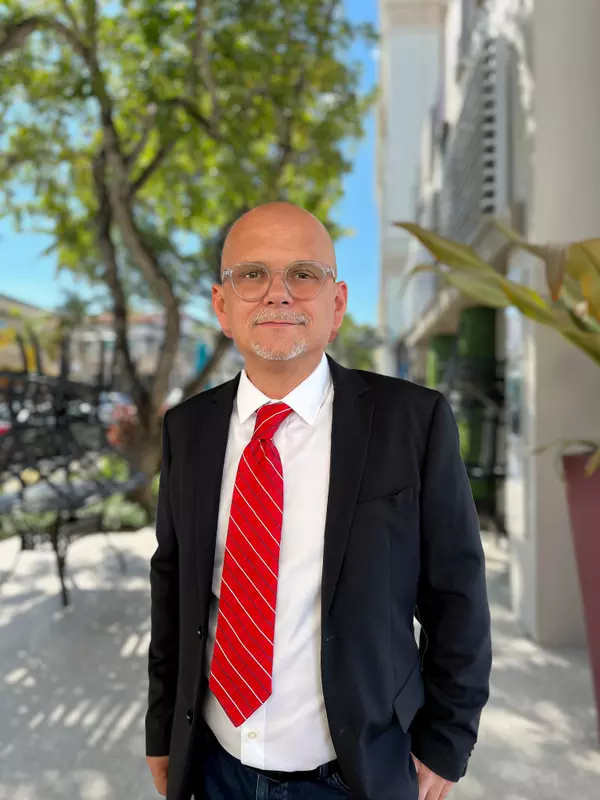Bridging the gap: How intergenerational living is combating senior isolation and the housing crisis
The United States faces a pressing dual challenge: an aging population at risk of social isolation and a housing market that has struggled to keep pace with evolving care needs. Traditional senior housing models often separate rather than connect, leaving many older adults without meaningful community and compounding the emotional toll of aging. At the same time, younger adults with support needs are frequently placed in environments not designed to nurture independence or emotional well-being. This disconnect not only reduces quality of life but also contributes to unsustainable costs for families and systems alike.
Intergenerational living presents a scalable and emotionally sustainable alternative. Rooted in mutual respect, connection, and shared resources, it brings older and younger adults together in thoughtfully designed communities where everyone contributes and benefits. These environments offer far more than care; they foster mentorship, life skill development, and genuine human connection. This model represents a necessary evolution in housing: one that is inclusive, emotionally aware, and economically sound.
Why traditional housing models are falling short
More than 70% of older adults will require long-term care services at some point, yet nearly 90% hope to grow older in comfortable, community-oriented environments that feel like home. Meanwhile, many younger adults with support needs face limited housing options, often placed in isolated or impersonal settings that don’t reflect their potential or individuality. These traditional, fragmented models increase caregiver stress and isolate residents, a factor linked to depression, cognitive decline, and poorer health outcomes.
Siloed systems in housing and care also put a strain on resources.
Traditional assisted living facilities often duplicate services and leave little room for informal support, leading to avoidable hospitalizations and costly transitions. The current housing infrastructure doesn’t reflect the diverse realities of today’s aging population or the families supporting them.
Intergenerational living: A holistic solution
Intergenerational living breaks down these barriers by creating environments where older adults and younger adults with support needs live together in a shared community. The benefits are multifaceted: older residents gain emotional connection and purpose through mentoring and engagement, while younger residents develop vital life skills and thrive in a supportive network.
Early research supports these outcomes. Intergenerational models have shown a reduction in feelings of loneliness and depression by up to 40%, along with improvements in cognitive health and life satisfaction. Families also report lower stress knowing their loved ones are surrounded by care that prioritizes relationships and connection over outdated institutional norms.
Intergenerational living in practice
As intergenerational housing models begin to emerge across the country, early examples offer insight into how this approach can work on the ground. In Oviedo, Florida, one such community brings seniors and younger residents with support needs together under one roof, with shared spaces and support structures designed to foster daily connection and independence.
The experience is not transactional or one-directional. For example, a 70-year-old resident may receive regular visits from her 20-year-old neighbor, who helps with small tasks, shares meals, or simply spends time in conversation. In return, the older adult offers mentorship, patience, and emotional grounding. These interactions are informal, relationship-based, and help reduce isolation on both sides. Communities like Kinbridge at Oviedo illustrate the concept in motion can help to instill the key values of the intergenerational model: mutual respect, emotional well-being, and shared purpose. It also mirrors a growing national trend – as housing costs rise and care demands increase, more families are living across generations.
The number of multigenerational households in the U.S. has quadrupled since 1971, a shift largely driven by affordability and the need for mutual support.
While still relatively new, this model shows how housing can evolve to better serve people across ages and abilities, not by separating them, but by designing for connection.
Observing how these communities function can offer a blueprint for future housing development that is both human-centered and economically sustainable.
Policy and investment implications
Scaling intergenerational housing will require changes in policy and planning. Local and state zoning laws must evolve to allow for mixed-age communities that blend supportive services with traditional housing models. Investors and developers should take note: this model is not only compassionate, it’s cost-effective. Shared services, reduced emergency visits, and stronger support networks all lead to better outcomes and smarter spending.
This also supports America’s growing “sandwich generation”, those caring for both aging parents and young children, who increasingly seek solutions that serve the whole family.
Looking ahead
Intergenerational living is not just a forward-thinking concept; it is a necessary shift in how we approach housing and care. As the nation faces rising caregiving demands, emotional strain, and an escalating housing crisis, this model provides a sustainable path forward.
It reconnects generations, strengthens communities, and offers everyone, regardless of age or ability, a place to belong. The message for developers, care leaders, and policymakers is clear: the future of housing must prioritize connection, adaptability, and shared humanity. It is time to bridge the gap and build spaces where generations can thrive together.
Chiriga Ofori is the CEO of Kinbridge at Oviedo.
This column does not necessarily reflect the opinion of HousingWire’s editorial department and its owners.
To contact the editor responsible for this piece: zeb@hwmedia.com.
Categories
Recent Posts









GET MORE INFORMATION

Stevan Stanisic
Real Estate Advisor | License ID: SL3518131
Real Estate Advisor License ID: SL3518131
